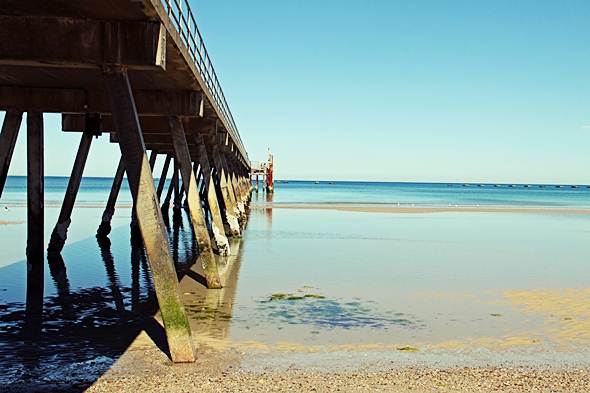

What is another word for what is a slack tide? This is the right place where you will get the proper information. Soon timing tides and reading them starts to make sense, and your catch rate will soar, helping you figure out the best times to fish in your home waters."what is a slack tide" at online dictionary. Take note of where you catch fish, the tide phase and the time of year. Perhaps the most important part of reading tides inshore is knowing that fish neither feed nor choose their location haphazardly.

But other species turn off when fighting strong flow, or they move deep, which makes pinpointing their location difficult, and makes effectively presenting lures and baits more challenging. Species like bluefish, ladyfish, mackerel and big redfish might feed well during strong tides inshore. Extra-strong tides during new- or full-moon phases make fishing difficult. Yet too much of a good thing hinders anglers at times. In broad waters, sometimes just a move across a river or bay can be enough to locate good tide flow, resulting in hot fishing. Some coastal river systems have good running tides that suddenly slow, but the same conditions can be found again by simply running a boat a mile or two up-river or down-river to where current is still flowing well. In other words, areas such as these allow anglers to run to various locations to stay with optimal tidal movement for good fishing all day. In coastal areas with good tide differentials, anglers have the option of “chasing” tides. Bob McNally Move Fishing Spots to Find the Best Tides The mouths of inlets and cuts transport plenty of forage when the tide is running hard. He had to change tactics and the depth of water that he worked to catch flounder during an incoming tide. Markris never discovered flatfish while working plugs and spoons for trout and redfish high in the water column. Bottom-hugging flounder stacked along the deep side of the ledge waiting for bait to be swept across the flat and into the deeper water with a flooding tide. Then one day while waiting for the tide to turn, he probed the deep ledge side of the flat slowly with jigs and live mullet, and instantly started catching flounder during an incoming tide. Markris tested the spot during rising tides but couldn’t buy a trout or redfish on plugs and spoons. Current pushed against the drop-off ledge of the flat, pinning bait and drawing feeding reds and trout. Top angler Jake Markris of Fairhope, Alabama, located a broad flat that dropped off from 3 to 8 feet, a hot spot for Mobile Bay seatrout and redfish during falling tides. Flooding or ebbing water pushes bait back and forth through bottlenecks, and that turns snook on in the narrow confines of a cut.” “Some of the best places are small bottlenecks between two big backwaters because they’ll have good fishing during any moving-tide phase. Joel Brandenburg of Apollo Beach, Florida.

“Mangrove cuts are some of my favorite and most productive snook spots,” says Tampa Bay guide Capt. Whether fishing an incoming or outgoing tide, always retrieve your bait or lure with the current for the most natural presentation. Flounder often lie in wait for food on the uptide side of pilings in deep water - they lie flat on the bottom as the current easily slips over them. Some species feed at the head of structures with the current pushing hard. Downcurrent areas usually yield the best results, but not always. Or its fish-harboring traits could very well be the complete opposite.īridge abutments prove another attractive target when fishing incoming and outgoing tides, with fish often concentrating in eddies behind structure and sometimes station themselves in current “seams” between abutments. Such a hump also may yield fish only during incoming tides with clear water, with outgoing dark water not productive. In some cases, game fish alter their location around a hump according to tide direction, choosing one side of a hump during a falling tide, while preferring the opposite side during a rising tide. Inshore structure such as underwater humps or high spots on the bottom attract fish as the tide falls and/or rises for similar reasons, as the point just described offers good fishing. Gamefish often don’t feed during a slack tide because they’re not able to utilize the ambush points available to them during moving tides. Bait is not being flushed into or out of the estuary system, so baitfish and other prey are not in predictable areas. Slack tides are not the best time for fishing, in fact, they are often the worst times. As you might be able to guess, when water is not moving during a slack tide, the bite tends to slow down considerably.


 0 kommentar(er)
0 kommentar(er)
